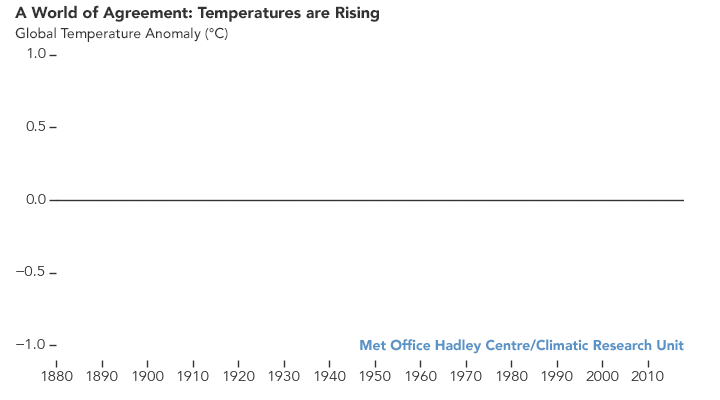 A number of agencies have reported that 2018 was the fourth hottest year on record. The report from NASA GIS, 2018 Fourth Warmest Year in Continued Warming Trend, According to NASA, NOAA (2/6/19) includes a short video showing the warming of the planet while including other facts. The report also includes the animated graph, copied here, with temperature trends from five different agencies.
A number of agencies have reported that 2018 was the fourth hottest year on record. The report from NASA GIS, 2018 Fourth Warmest Year in Continued Warming Trend, According to NASA, NOAA (2/6/19) includes a short video showing the warming of the planet while including other facts. The report also includes the animated graph, copied here, with temperature trends from five different agencies.
Global temperatures in 2018 were 1.5 degrees Fahrenheit (0.83 degrees Celsius) warmer than the 1951 to 1980 mean, according to scientists at NASA’s Goddard Institute for Space Studies (GISS) in New York. Globally, 2018’s temperatures rank behind those of 2016, 2017 and 2015. The past five years are, collectively, the warmest years in the modern record.
The post includes a link to data.








